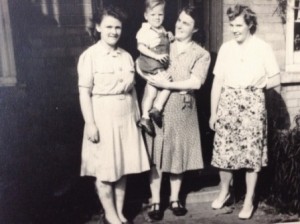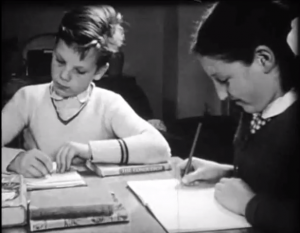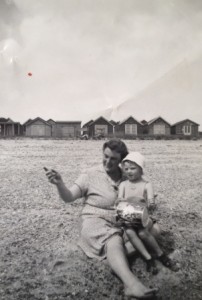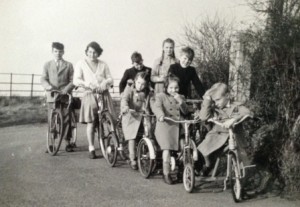Learning the truth about his Dad
Imagine not knowing who your father was, and then discovering one day that it was in fact someone you’ve already known your life, but in a different role? Richard was 51 before his learnt the truth, that his Uncle was his Dad.
So yes, his five cousins were in fact his step-brothers and sisters. The truth must have been difficult for his Mum to bear, but being able acknowledge it has been a powerful tool for all the family, allowing everyone in their own way to accept what actually happened. It is now also possible to see the genetic links with health problems across the family, between both sisters (Richard’s Mum Jennie, and her Sister Violet) and their children and grandchildren.




